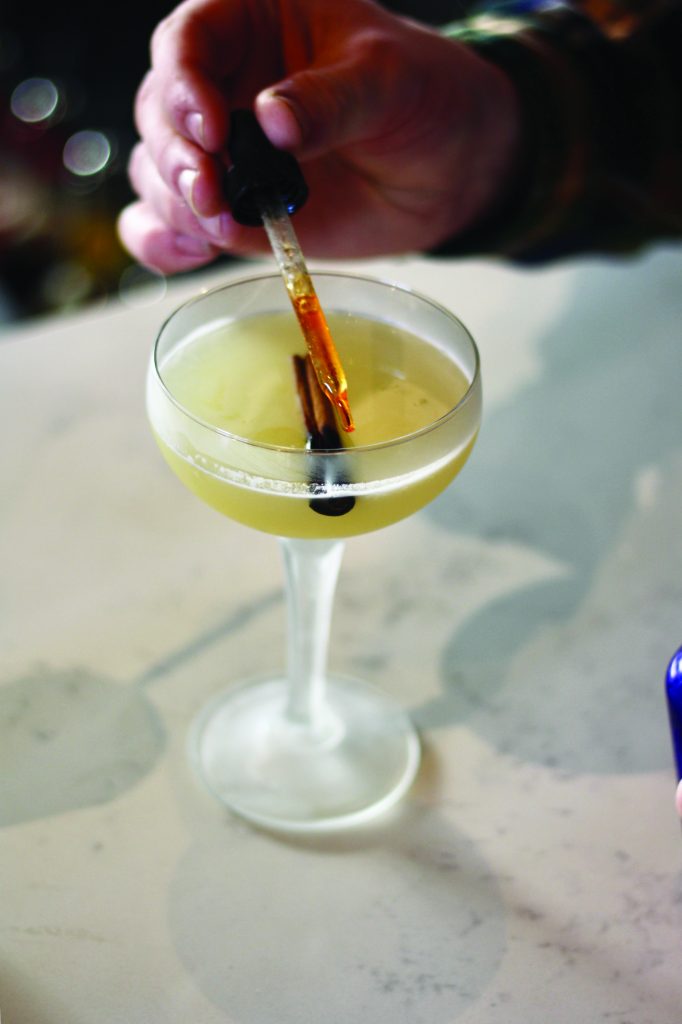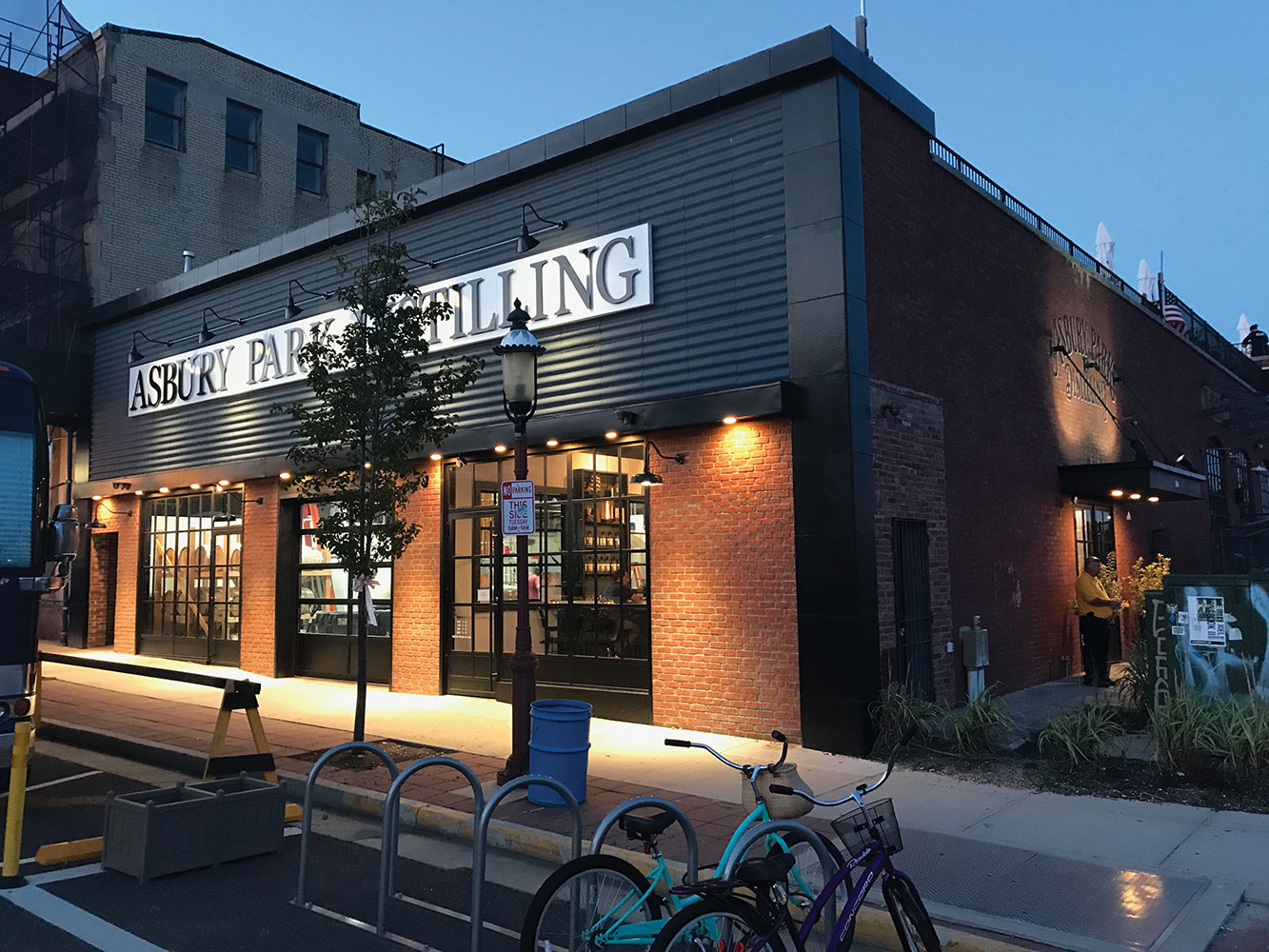When people talk about their distaste for gin, they’re really referring to its distinct juniper flavor. The same way cilantro tastes like soap to certain folks, gin that’s heavy on juniper is like sipping on Christmas shrubbery. Its unique assertiveness and piney aftertaste is not pleasurable to most palates, yet craft distilleries are working hard to change the way we see the spirit before writing it off completely.
What makes craft spirits, and gin in particular, so appealing is twofold. Gin embodies many of the qualities we value today as consumers—the botanicals are carefully hand-selected by the distiller and the ingredients are most likely harvested locally and organically grown. Although every gin distiller uses a different blend of botanicals, ‘New American’ gin is experimental. In comparison to London Dry, it pushes the boundaries in terms of what we know gin’s flavor to be. New American gin tends to be less heavy on the pine and includes a wider range of fruits, herbs and spices.
New Jersey’s own Asbury Park Distilling Co., for example, uses a 100 percent corn base for their gin which lends a sweeter taste and smoother mouthfeel—ideal for sipping straight. Aside from the required juniper berry, ingredients like fresh orange peel and lemongrass are among some of the flavorings that make up their citrus-forward recipe.
Asbury Park Distilling Co. is just one of many craft spirit distilleries who are working to become part of an industry that has long been dominated by household brands and its co-founder, Zack Ohebshalom, believes craft distilleries are still in their infancy in comparison to breweries—especially in New Jersey. It wasn’t until 2013 that New Jersey changed its distilling laws for the first time since Prohibition, which got locals like Ohebshalom thinking. He later opened Asbury Park Distilling Co. in 2017, which holds the distinction of being New Jersey’s only distillery in a commercial downtown area.
Gin was their inaugural spirit upon opening and they’ve since developed a number of innovative recipes and production techniques to create new expressions and styles, like their barrel-finished gin which is an emerging category in and of itself.
“It’s our same gin recipe but it gets aged in New American oak for four months,” Ohebshalom explained. “What that process does is neutralize a lot of the citrus notes and enhance the herbal flavor.” Aged gin isn’t a new concept by any means, but it is being seen more often as brown spirits make their way to the forefront. The corn base and barreling process of Asbury Park Distilling Co.’s barrel-finished gin shares similarities to bourbon, which is why they then reuse those same barrels, fill them with a two-year-old straight bourbon and age it another two to four months.
The barrel-finished gin was the first brown spirit Asbury Park Distilling Co. brought to the market, and they’re having fun inside their tasting room by using it in unexpected ways like as the main ingredient in their Old Fashioned. If you’re go-to is a G&T, Asbury Park Distilling Co. is putting their own twist on that too using their housemade tonic, which one could argue is essential in a cocktail that only requires two ingredients. Normally tonic water can be cloying but theirs is smooth, and brown. Don’t worry, the color is from the cinchona bark which they use in their tonic recipe along with brown sugar, lemon and orange zests. The drink comes together using Asbury Park Distilling Co.’s original gin and a slice of lime.
“We’re forced to be really creative,” Ohebshalom explained. “We wanted to create a spirit that could certainly work really well in a cocktail, but also stand on its own independent of anything else. And it’s not just about the spirit. It’s everything—every tincture, bitter, syrup is made in-house.”
Just as much as distillers are embracing this era of craft spirits, bartenders are exploring new territory as well which is another reason for gin’s resurgence. Gin is practically tailor made for cocktails because its botanical and citrus notes are the easiest to incorporate into drinks and pair well with an abundance of flavors. Asbury Park Distilling Co. refers to their product as a “gateway gin” for those who may not have enjoyed the spirit in the past.
Other than introducing a wider profile of flavors and the rise of craft cocktails, societal factors play a role in why we’re experiencing a “ginaissance.” Ohebshalom traces the appeal back to being able to eat and drink things that are produced locally, and the increased interest in quality. Asbury Park Distilling Co.’s playful and seasonally-inspired menu is representative of the changing culture surrounding gin, with more distillers and bartenders imparting personality, character and locality into their work.
At the same time, New American gin is an example of the contemporary, modern day gin drinker who’s interested in tasting the spirit’s history, flavor and versatility. Gin isn’t just reserved for the back of your parent’s liquor cabinet anymore, it’s consumed by people old and young and can be found in the glasses of grown-ups and millennials alike.

Bee’s Knees
Recipe by Asbury Park Distilling Co.
(Yields one cocktail)
Ingredients:
2.0 ounces Asbury Park Gin or Barrel-Finished Gin
0.75 ounces Honey Syrup*
0.75 ounces Fresh Lemon Juice
Instructions:
1. Combine ingredients with ice and shake vigorously.
2. Strain into a tulip glass and garnish with a lemon peel.
*To make honey syrup, combine two parts honey with one part water.








